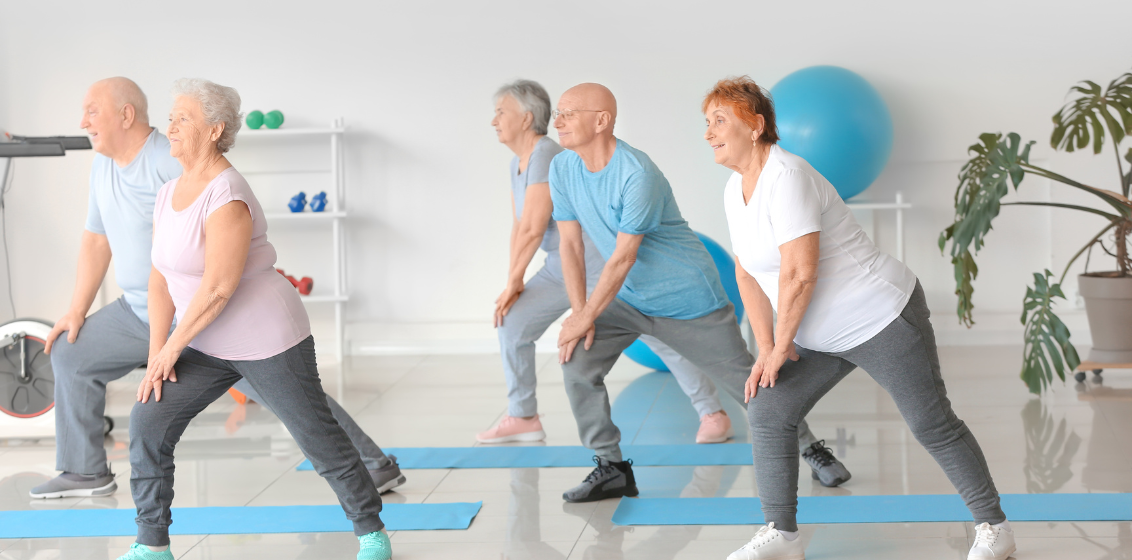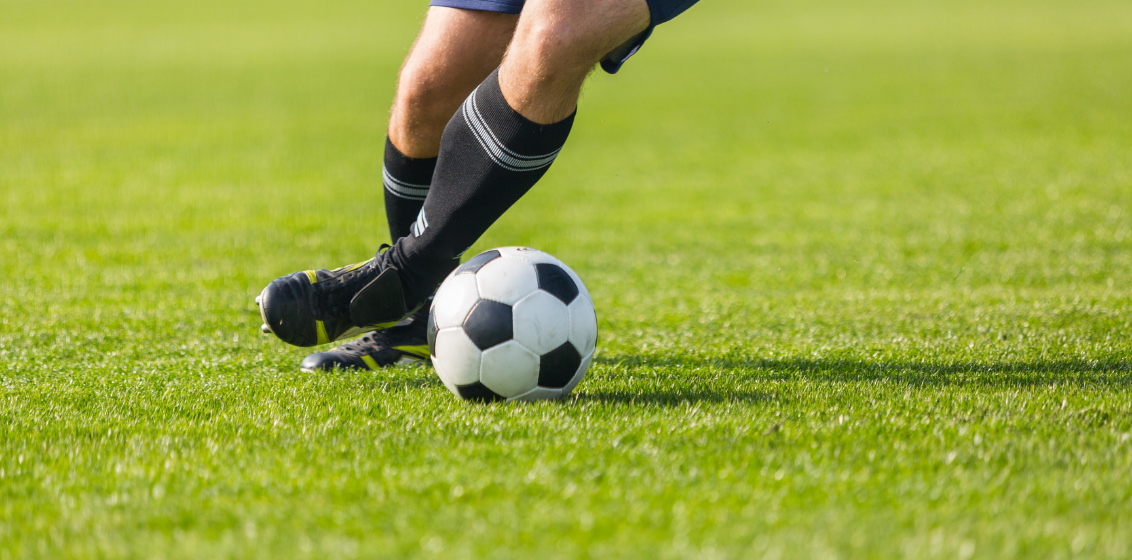Hypertension

Can exercise lower your blood pressure?
Hypertension, or elevated blood pressure affects 1 in 3 Australian adults. In 23% high blood pressure is not controlled, with or without medication. High blood pressure is the medical problem most frequently managed by GPs.
High blood pressure is more likely if someone is inactive, overweight and has a high salt and alcohol intake.

High blood pressure is one of the major potentially modifiable risk factors for cardio-vascular disease and death. The major risk from hypertension is structural damage to the heart and narrowing of the arteries to the heart and other organs.
High blood pressure is primarily a “lifestyle disease”. There is a genetic component that can’t be modified, but the amount you move and exercise and what you eat, and drink are a major part of developing, and reducing high blood pressure.
Lifestyle modification is a primary treatment for high blood pressure, with or without blood pressure medication. The main components include;
• Dietary modification
• Reduction in alcohol intake
• Quitting smoking
• Regular physical activity
• Weight reduction
It’s really hard to change all those things.
Exercise Physiology can be a great support for those who are struggling with these major changes in lifestyle and habits. We can help you move towards more regular physical activity, weight reduction and reduced blood pressure levels. The science is unanimous: exercise can definitely help achieve lower blood pressure. Even just moving more and getting some regular exercise can make significant changes to your blood pressure, health and risk of dying.
How can exercise help?
There are 3 main types of exercise that can reduce your blood pressure. The science tells us that even small decreases in blood pressure readings achieved with exercise, in the range of 6-7mm in both numbers can lead to a 14% reduction in death rates from stroke and heart attack. Changes are greatest in those with higher blood pressure levels initially so it doesn’t matter how high your readings, exercise can help.
What sort of exercise works?
- Aerobic exercise: there is compelling evidence that dynamic aerobic exercise (walking, cycling, running etc) even at low intensity levels reduces blood pressure. Even small changes in activity in previously inactive people gets results, and the more you move, the greater the impact on your blood pressure.
- Resistance training: specific strengthening exercise protocols are not just safe, but effective in reducing blood pressure. It’s important to get professional advice regarding strength training, as some exercises and methods can actually increase blood pressure
- Isometric exercise. This relatively new mode of exercise for reducing blood pressure involves holding low-level muscle contractions for 1-2 minutes. An example includes using grip strength training at 30% maximum levels using a specific work-rest protocol over 8 weeks. This training appears most effective in those at highest risk, is easy to complete at home and relatively easy to incorporate into a daily routine.
As an Exercise Physiologist, I help people make changes to their activity levels every day. Whether that’s designing;
- A program to use at home or the gym or
- 1 on 1 supervised exercise sessions or
- Using the power of group exercise in my small group exercise classes
I can tailor things to individual circumstances and preferences and help you discover the way to get moving more, help get your blood pressure better under control and improve your health so you can get back to doing things you love and being with people you love longer!
The other thing I can do is spend time with you explaining your blood pressure, what normal is, how your medication works, how exercise works and answer any questions you may have that are still unanswered. I can help you understand simple diet changes you can try, or talk about seeing a dietitian for more help with healthy food choices if you need this.
What’s the next step?
If you just want to get started, click this link to book an Exercise Physiology Initial assessment and we’ll meet face to face to get you going.



